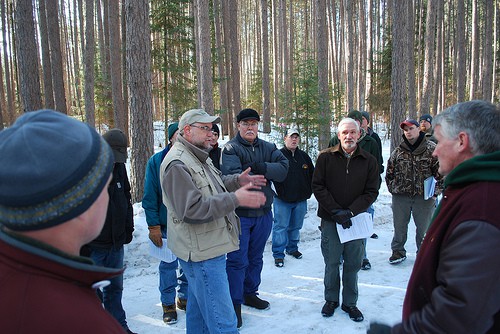
Our task is to write regulations required by NFMA. Having proposed a framework in previous posts (K.I.S.S. and K.I.S.S. II), it’s time to put rubber to the road. Here’s the introductory framework. What have I missed?
36 CFR 219.1: Purpose and principles.
(a) The rules in this subpart set forth the process for revising land management plans for units of the National Forest System as required by the Forest and Rangeland Renewable Resources Planning Act of 1974, as amended. Land management plans shall be revised when conditions in a unit have significantly changed, but no less frequently than every fifteen years.
(b) A land management plan revision shall:
(1) Decide the vegetation management and timber harvest sale program and the proportion of probable methods of tree removal timber harvest (Sec. __);
(2) Include an assessment of new information and changed circumstances since adoption of the previous land management plan or revision thereof (Sec. __);
(3) Be prepared by an interdisciplinary team (Sec. __);
(4) Be based upon inventories appropriate to inform the decisions made by the plan revision (Sec. __);
(5) Involve the public in its promulgation (Sec. __);
(6) Provide for diversity of plant and animal communities and preserve the diversity of tree species (Sec. __);
(7) Ensure that, subject to valid existing rights, all outstanding and future permits, contracts, cooperative agreements, and other instruments for occupancy and use of affected lands are consistent with the revised plan (Sec. __); and,
(78) Review previous decisions to classify lands as suited or not suited for timber production if the prior classification decision is older than ten years (Sec. __).

